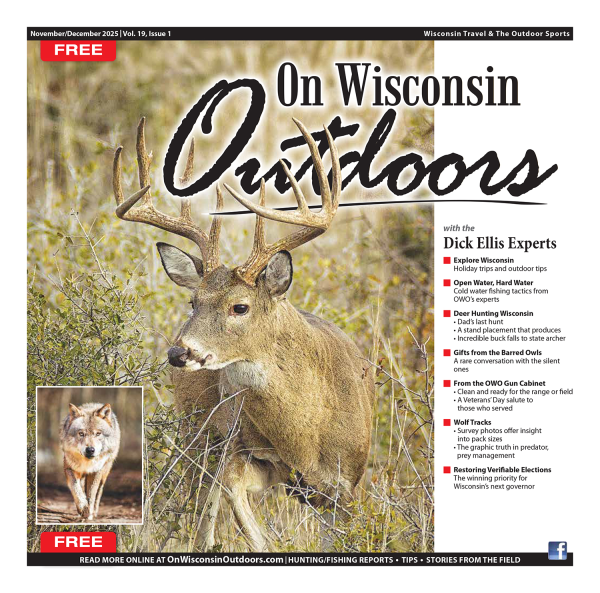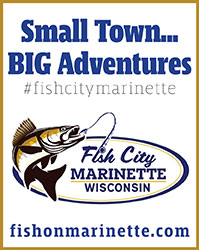Meet the newest recruits for Wisconsin s turtle telemetry team
Tiny transmitters help track survival of rare turtle hatchlings
Contact(s): Tiffany Bougie, UW-Madison, 920-410-7774, tbougie@wisc.edu; Carly Lapin, DNR, 715-365-8954, Carly.Lapin@wi.gov
Wisconsin and Tomahawk river hatchlings recruited to advance science and conservation
RHINELANDER - It's wood turtle hatching time and up to 20 of these state-threatened species are being outfitted with tiny transmitters to allow state conservation biologists to track their survival and learn if the state's successful nest protection efforts pay off over the long-term.
Protecting nests from predators is one major part of the Wisconsin Department of Natural Resources' statewide conservation strategy for wood turtles. Since a DNR study of wood turtles in 2014 and 2015 found placing cages over turtle nests increased the survival of eggs and hatchling production significantly, DNR conservation biologists have continued and expanded those protection efforts as well as relocated some nests to larger sites protected by electric fencing.
 Tracking Wisconsin's rare turtles
Tracking Wisconsin's rare turtles"We are tracking hatchlings for a full year to see what happens to them. We suspect there's a lot of mortality but we don't know because no one has tracked them for a full year," says Tiffany Bougie, a University of Wisconsin-Madison graduate student leading the joint project between the DNR Natural Heritage Conservation Program and the UW-Madison Department of Forest and Wildlife Ecology.
"We also want to learn if the nest protection is worth the effort in terms of increasing turtle populations or at least preventing population declines."
If it's not, DNR can focus time and resources on investigating other potential strategies. Right now, nest restoration, nest protection and efforts aimed at reducing the number of adult turtles killed on roadways are major conservation strategies that the DNR has been investigating and improving upon since 2014.
That was the first year of funding for a multi-state partnership with Michigan, Minnesota, and Iowa to improve riverine turtle conservation strategies and overall population numbers. Multiple facets of this larger project have been funded by the U.S. Fish and Wildlife Service, Natural Resources Foundation of Wisconsin, American Transmission Company, and the DNR Natural Heritage Conservation program, according to Carly Lapin, a DNR district ecologist stationed in Rhinelander.
Wood turtles are currently listed as a threatened species in Wisconsin and USFWS is assessing their status in the Midwest. Females do not lay eggs until they are 14- to 18-years old; their late maturity makes it harder for declining populations to come back because the loss of even one adult female can have a large effect on future population numbers, Lapin says.
Bougie and DNR conservation biologists glue the transmitters on hatchlings emerging from nests DNR has protected along the Wisconsin and Tomahawk rivers. The transmitter and glue together weigh about 0.7 to 0.8 gram, about one-tenth as much as the weight of the hatchlings, so biologists are careful to place the transmitters only on the larger hatchlings.
The batteries in the transmitters will be replaced after 90 days and in the winter, the turtles will be placed in overwinter enclosures in the rivers. Wood turtles hibernate in the winter; the turtles with the transmitters will be tracked again in the spring, Bougie says.
Help turtles by reporting turtle crossings this fall
Wisconsin residents can help add to that information base and wood turtle survival this fall by reporting roadways where turtles cross, whether hatchlings or adult turtles crossing roads to reach upland nests. Turtles getting run over by cars is considered a leading cause of decline in turtle numbers in Wisconsin, especially in highly fragmented areas and areas with high traffic volumes. Report turtle crossings to the Wisconsin Turtle Conservation Program (exit DNR).











